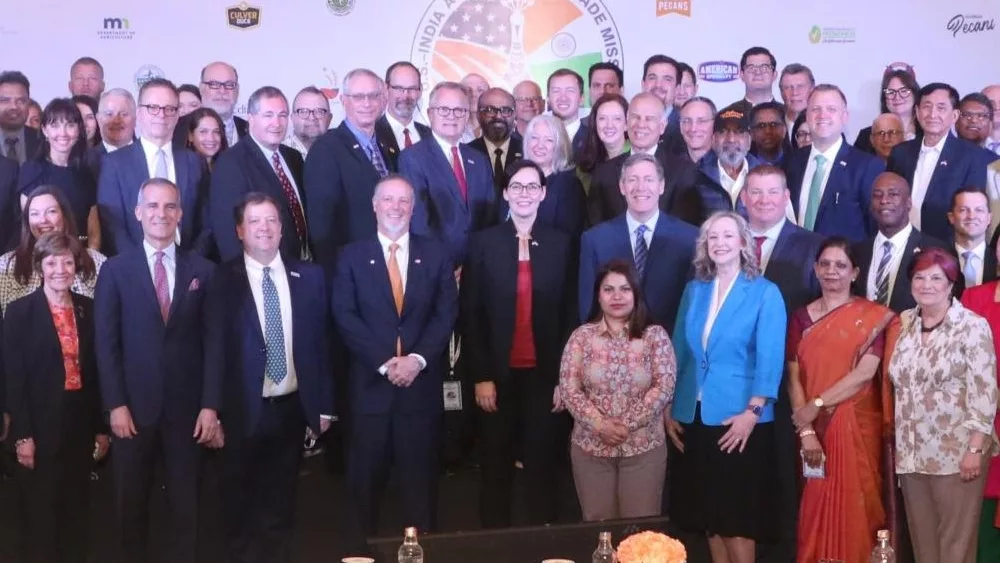
There’s been more of a push the last few years to plant soybeans early. During MSU Extension’s Soybean Virtual Field Day, one of the trials explored optimizing agronomic decisions based on planting date.
“Ideally soybean planting would occur as early in the season as possible,” said Tom Siler, MSU grad student. “However, conditions such as unfavorable weather, poor soil conditions, equipment availability and farm size often result in delayed planting situations.”
Siler said that in Michigan, planting dates can range from early April to early July. In the trial, soybeans planted May 13 already achieved canopy closure.
“One of the benefits to early planting is the earlier canopy closures they are suppressing weeds—shading the weeds so they’re not receiving light,” said Siler. “We’re also in the reproductive growth already—we already see pods on these plants.”
As for soybeans planted a month later on June 12, there’s a vast difference.
“These plants are not shading weeds, they’re not maximizing light interception, and they’re still in vegetative growth,” said Siler. “There’s no reproductive growth occurring here.”
Achieving optimal plant stand is critical to maximize canopy closure. In one of Siler’s trials, soybeans were planted early at a low seeding rate.
“Shortly after planting, we had a heavy rainfall and a crust formed on the soil surface,” he said. “This resulted in a low plant stand with many gaps where soybeans did not emerge, which led to a nonuniform canopy. Within there we can see issues, especially marestail, where they’re not being shaded by the soybean canopy.”
To watch the entire field day, click here.





